The concept of proof coins dates back to the 18th century. But it was in the mid-19th when the US Mint first issued proof coinage. Now, it is easy to say proof coins are no longer new in the numismatic world since they have been around for ages. But what about the Reverse Proof coin making rounds today? Is it different from other proof coins? Is it more valuable?
Today, we will answer all your dreaded questions about the Reverse Proof coin, so keep reading.
Understanding the Reverse Proof Coin and Its Origin
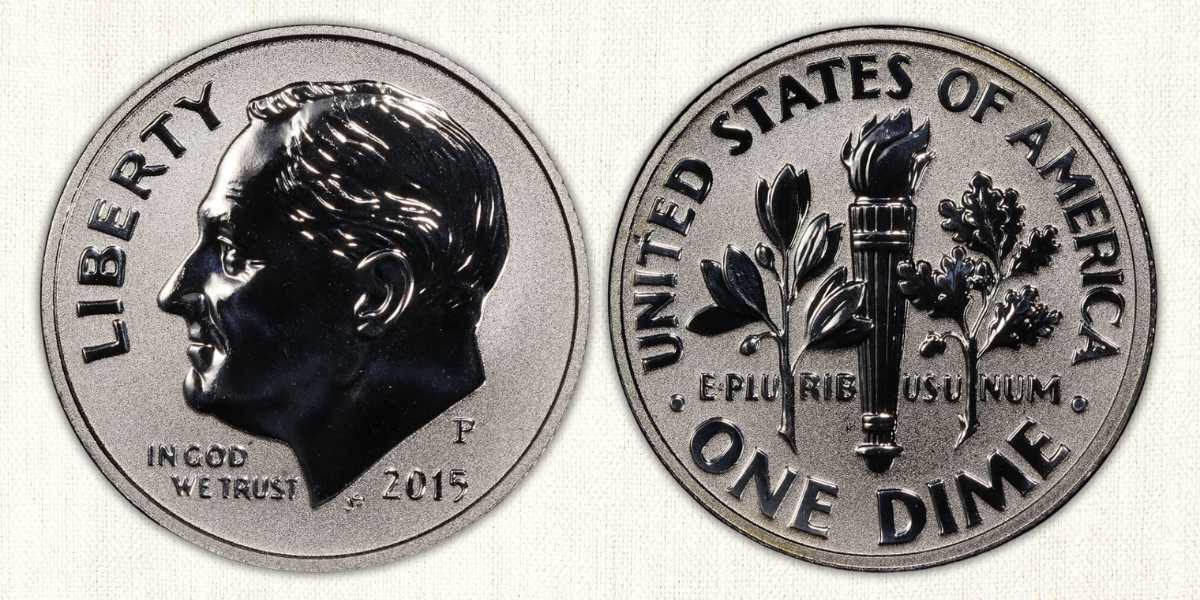
Since 1817, people have known proof coins as those with frosted devices contrasted against the mirrored fields. But, it is the exact opposite of the new coin. A reverse proof has a frosted surface and mirror-like design elements on both sides. In short, it is a spinoff of the traditional proof coins, sporting an inverted proof finish.
Now the question is, why did the U.S. Mint apply a new format?
Reverse Proof (RP) format has long existed in different parts of the world. But, the U.S. Mint only released its first version in 2006. It is to celebrate the 20th Anniversary of the Silver Eagle coin program. They rolled out the 2006-W American Eagle Gold $50 and 2006-P American Eagle Silver Dollar, which became an instant hit.
Since then, the Mint has released several other RP coin varieties. Among them are the following:
- 2013-W Gold Buffalo $50
- 2015-P Roosevelt Dime Silver
- 2018-S Lincoln Penny
- 2015-P Presidential Dollar Coins
- 2018-S America The Beautiful Quarters
How Does Reverse Proof Coin Differ From Regular Proof Coinage?
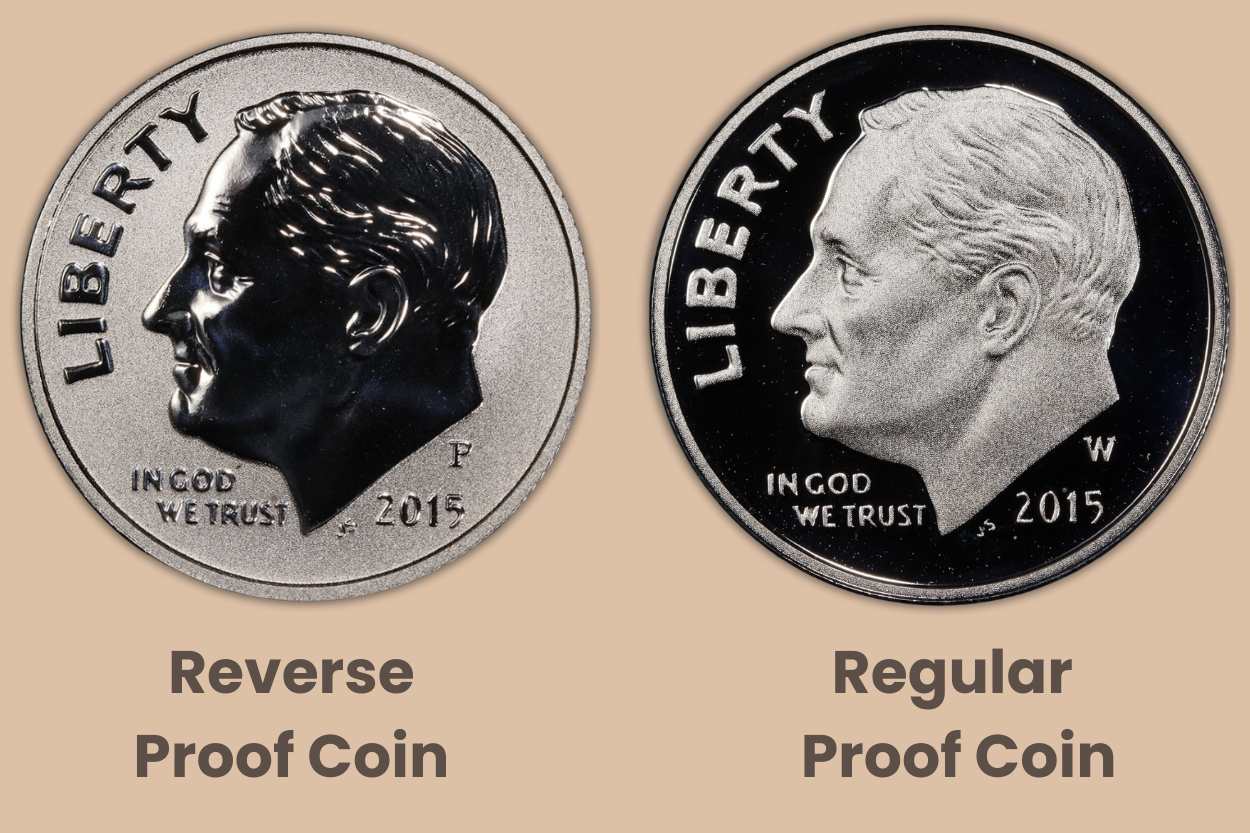
A while ago, we briefly explained the differences between regular and reverse proof coins based on the devices and fields. Both have a frosty and mirror-like characteristic but only differ in placement. So now, let’s talk about the coin-making process, starting with a summarized chart.
| Regular Proof Coin VS. Reverse Proof Coin | ||
| Criteria | Regular Proof Coin | Reverse Proof Coin |
| Raised Devices (design element) | Frosty | Mirror-like |
| Fields (coin background) | Mirror-like | Frosty |
|
Manufacturing Process |
Historically, dies are treated with acid while fields are polished. | The computer-aided laser directs the frosted texture on the field and polishes the devices. |
The regular and reverse-proof coins have more similarities than differences when it comes to the manufacturing process.
At the outset, the US Mint makes or buys blanks depending on the coin denomination. Once it is secured, they place it in an annealing furnace to soften the metal.
During this process, oxide forms, affecting the appearance of the blank. So, to fix it, the blanks undergo a process called burnishing. Mint workers add mild soaps and other cleaning agents. These materials remove the oxide and polish the coin’s surface. Once the blanks are cleaned and dry, it is ready for stamping.
Now, here is where the two coins differ. Historically, a traditional die used for regular proof coin was treated with acid to create a frosty device while the fields were polished. Reversing this process was impossible during the early years, so no reverse proof coins came to light.
However, the procedure became less labor-intensive as the technology advancement appeared in the Mints. Mint workers can direct the frosted texture or mirror-like appearance in any part of the die. Thus, reverse proof is possible.
With the modern die-making process for reverse proof, the computer scans the die surface to differentiate the fields and devices. After the assessment, the laser bears a frosted finish only on the field. So, when it strikes a coin, the design has a mirror finish, and the fields are frosted. It is also applicable to standard-proof coins, only with the opposite setup.
Are Reverse Proof Coins More Valuable?
Generally, a reverse proof coin is more valuable than a regular one. Among the factors we looked at are the design, mintage, and investment potential.
As we all know, a proof coin follows an aesthetic function more than a functional one. That said, the visual appeal can make or break its value. But is there a concrete measurement of what appeals more between the two? Well, no. Choosing a design is still based on the collectors’ preference. Some may prefer the standard proof coin, while others may opt for the reverse proof. However, the latter may be one step ahead for Bullion collectors because it connects with anniversaries of coin programs.
Aside from the design, the number of mintage also matters. Reverse proof coins issue are limited to 250,000 per issue. Additionally, household order has a limit of five each to prevent excessive hoarding. With these terms on the way, you can expect it to value higher than standard ones.
Now, last but not least is the investment potential. Without a doubt, the reverse proof is an excellent choice. It is relatively low in number and can command premium prices. The silver eagle RP, for example, can fetch value from $70 to $5,000.
What are the Most Popular Reverse Proof Coins?
There are a couple of well-known reverse proof coins globally and here are some of them:
1. American Silver Eagle Reverse Proof
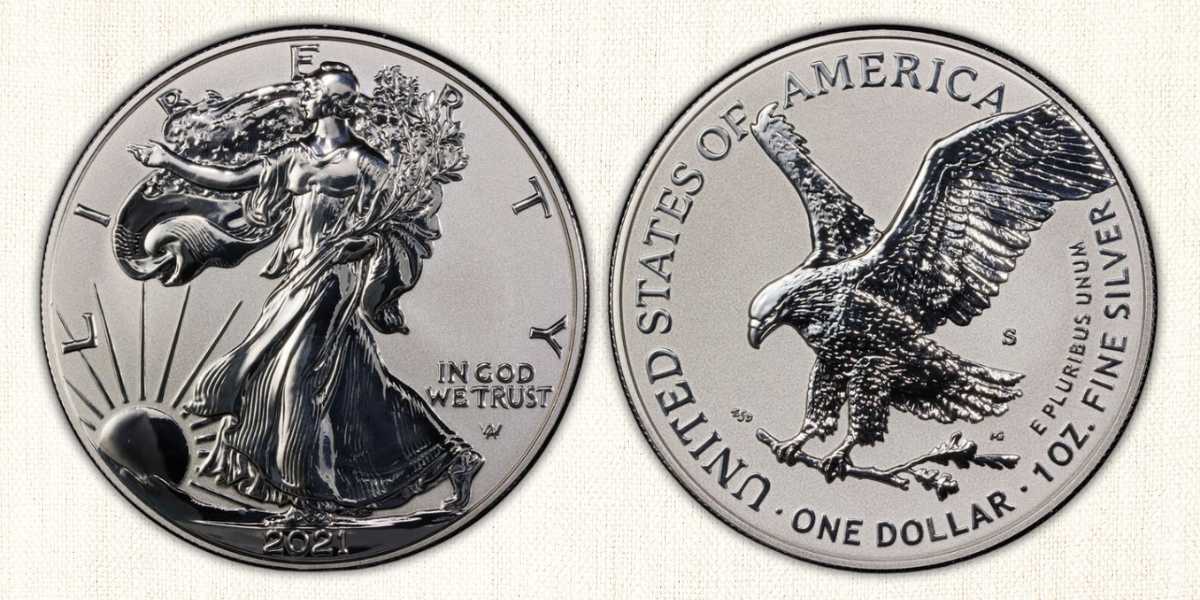
This coin was issued to celebrate the 35th anniversary of the American Silver Eagle coins. It features the stunning visual of the Walking Liberty on the obverse, with the heraldic eagle at the reverse.
2. Chinese Silver Panda Reverse Proof
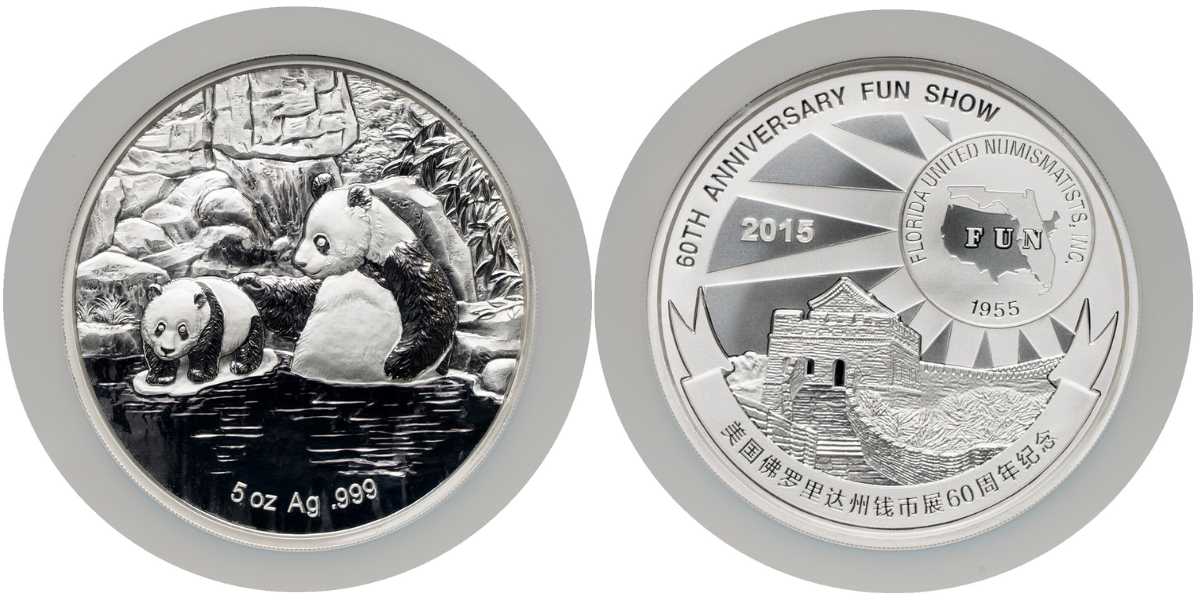
The Chinese Silver Panda is a popular choice among bullion collectors and investors. This is because the design changes yearly, and the value can easily reach thousands of dollars.
3. Australian Silver Kangaroo Reverse Proof
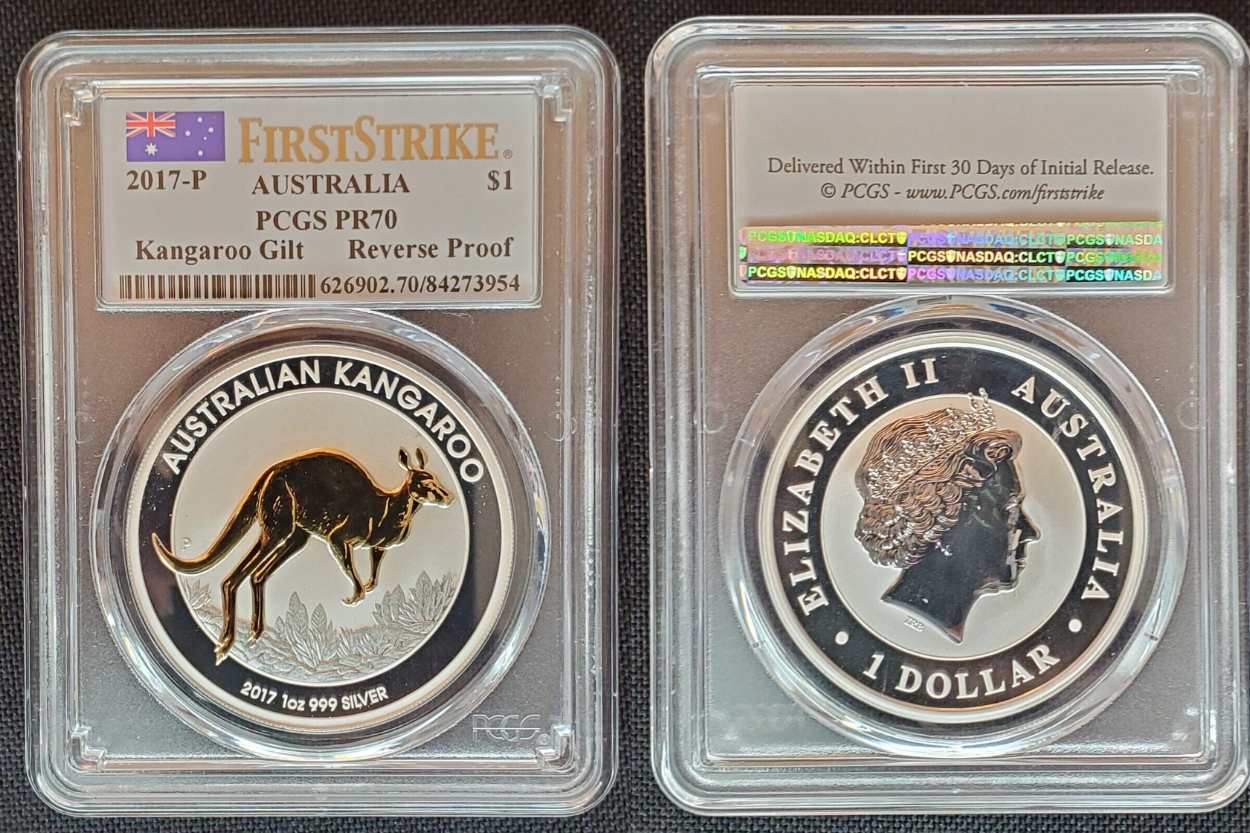
The Australian Kangaroo has been in the game since 1989. Gold BU coins have dominated the scene for years, but silver coins have been making their rounds recently with limited mintage. In the coin, you’ll find the portrait of Queen Elizabeth II and two bounding kangaroos on the reverse side.
Tips for Collectors
Before we end this article, here are some tips to help identify and maintain a reverse-proof coin:
- Ensure the design is shiny rather than the background. You can request a coin grading service to verify the coin status.
- Always do your research before purchasing a coin. It’s good to review it by year, grade, and Mint to understand its value.
- Use hard (acid-free) plastic holders to protect the coin. It should be airtight and inert to prevent contamination.
- Choose a storage room that has an even temperature and no direct sunlight.
- If you plan to buy reverse proof for investment reasons, be sure to acknowledge potential risks. The coin may lose its value in situations such as economic downturns, natural disasters, etc.
Take Away
Did you get a better grasp of what a reverse proof coin is? Reverse Proof coin is merely the opposite of the standard proof coin, but valuable. They usually link with anniversaries, making them unique in the eyes of hobbyists and collectors. Now, how about you? Do you prefer the standard or the reverse format?

Jenson is a professional numismatist, a dedicated coin collector, a graduate of the College of Business at Oregon State, a life member of the American Numismatic Association (ANA), and an overall coin nerd. He is the founder of Coin Value List.
